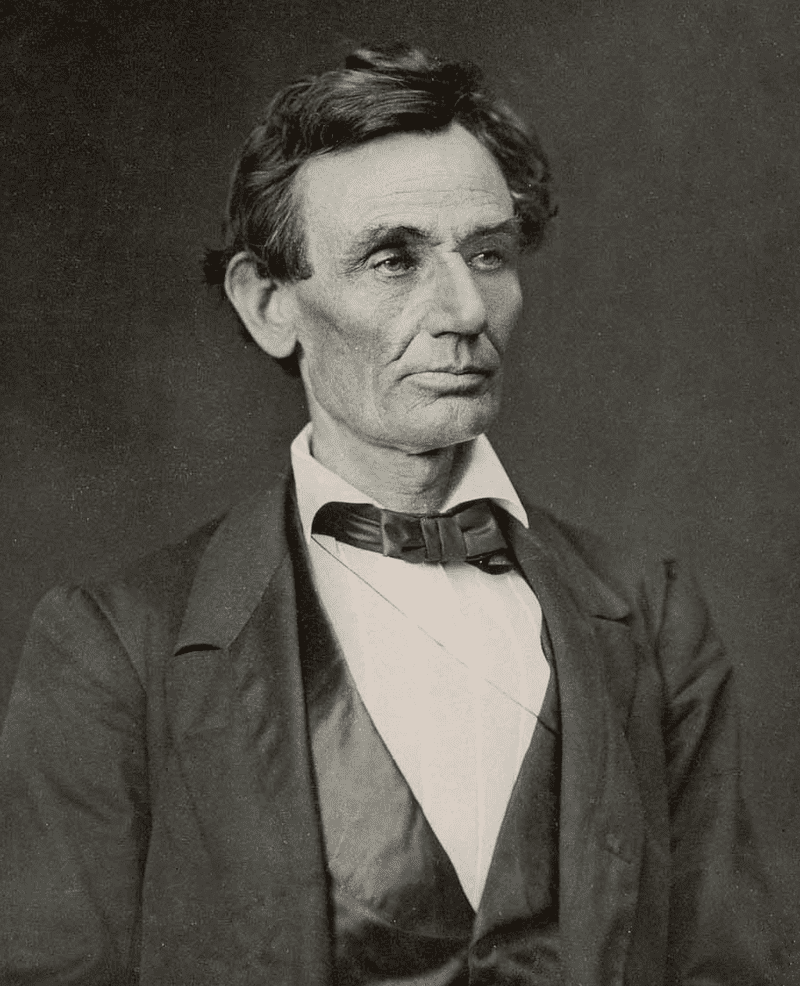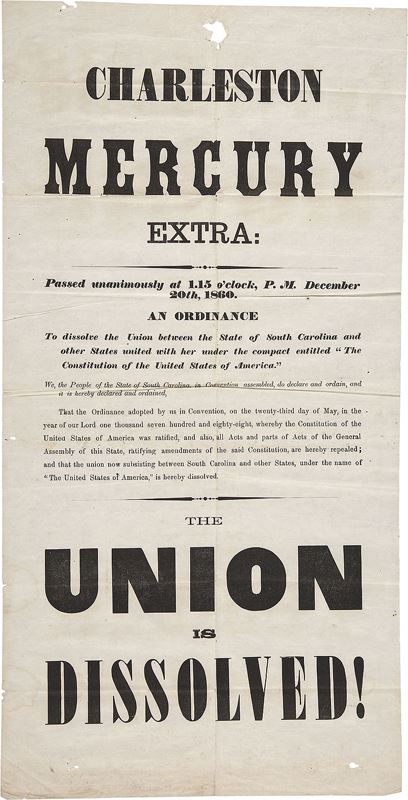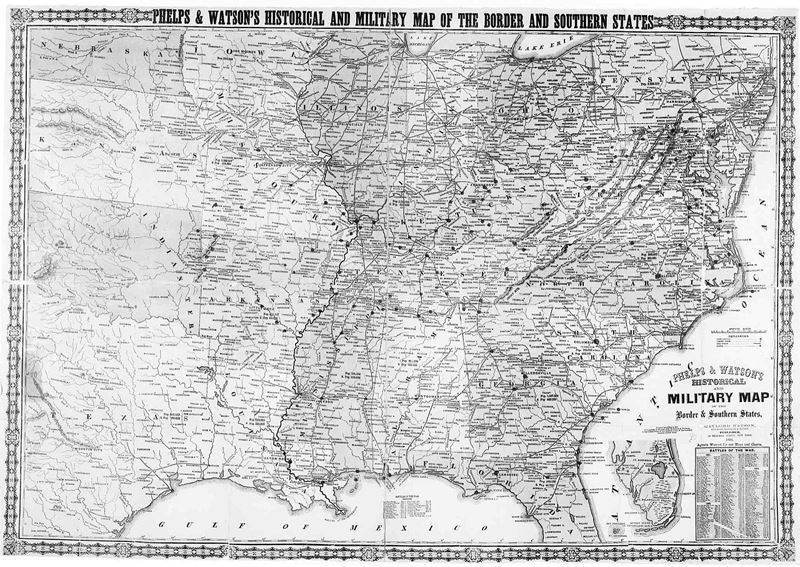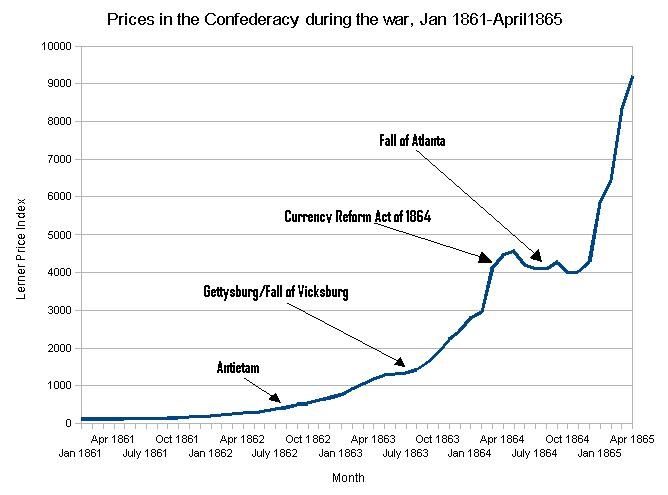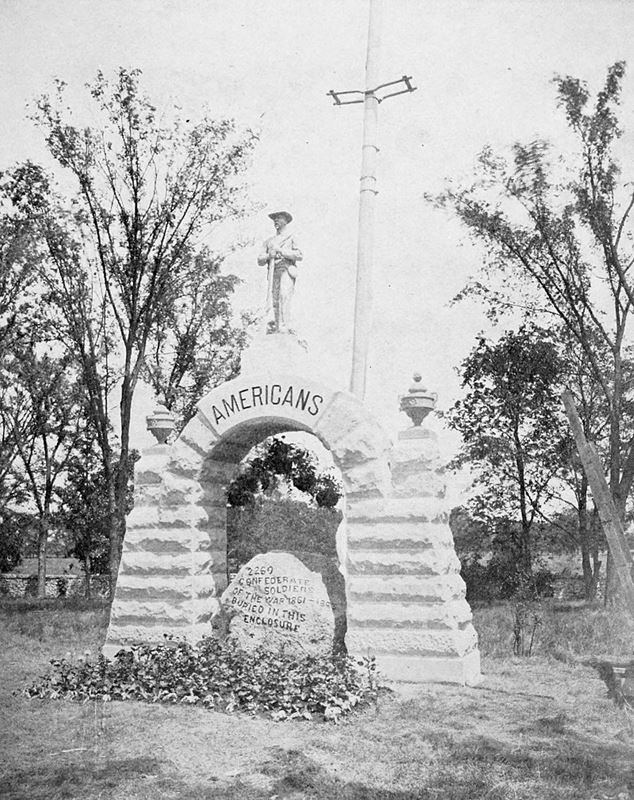The Hundred Days Offensive (8 August to 11 November 1918) was a series of massive Allied offensives which ended the First World War. Beginning with the Battle of Amiens (8–12 August) on the Western Front, the Allies pushed the Central Powers back, undoing their gains from the German spring offensive. The Germans retreated to the Hindenburg Line, but the Allies broke through the line with a series of victories, starting with the Battle of St Quentin Canal on 29 September. The offensive, together with a revolution breaking out in Germany, led to the Armistice of 11 November 1918 which ended the war with an Allied victory. The term “Hundred Days Offensive” does not refer to a battle or strategy, but rather the rapid series of Allied victories against which the German Army had no reply.
The German spring offensive of the German Army on the Western Front had begun on 21 March 1918 with Operation Michael and had petered out by July. The Germans had advanced to the River Marne, but failed to achieve their aim of a victory that would decide the war. When the German Operation Marne-Rheims ended in July, the Allied supreme commander, Ferdinand Foch, ordered a counter-offensive, which became known as the Second Battle of the Marne. The Germans, recognizing their untenable position, withdrew from the Marne to the north. For this victory, Foch was granted the title Marshal of France.
After the Germans had lost their forward momentum, Foch considered the time had arrived for the Allies to return to the offensive. The American Expeditionary Force (AEF) under United States General John J. Pershing had arrived in France in large numbers and had invigorated the Allied armies with its extensive resources.[9]: 472 [need quotation to verify] Pershing was keen to use his army as an independent force. The British Expeditionary Force (BEF) had been reinforced by large numbers of troops returned from the Sinai and Palestine campaign and from the Italian front, and by replacements previously held back in Britain by Prime Minister David Lloyd George.[9]: 155
The military planners considered a number of proposals. Foch agreed to a proposal by Field Marshal Sir Douglas Haig, commander-in-chief of the BEF, to strike on the River Somme, east of Amiens and south-west of the site of the 1916 Battle of the Somme, to force the Germans away from the vital Amiens–Paris railway.[9]: 472 The Somme was chosen because it remained the boundary between the BEF and the French armies, along the Amiens–Roye road, allowing the two armies to cooperate. The Picardy terrain provided a good surface for tanks, unlike in Flanders, and the defences of the German 2nd Army under General Georg von der Marwitz were relatively weak, having been subjected to continual raiding by the Australians in a process termed peaceful penetration.


